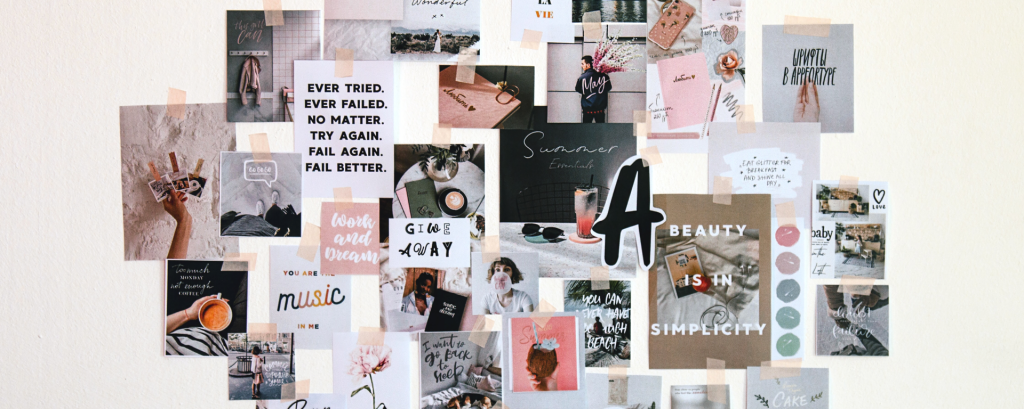As writers, we’ve all been there. Staring at a blank page, an idea humming in the back of your mind. You write a sentence. Read it. Delete it. Rinse and repeat.
You know what you want to write. You have ideas and characters and a general idea of the setting or aesthetics. But the words won’t come. The story won’t spark. What do you do?
Two words: mood boards
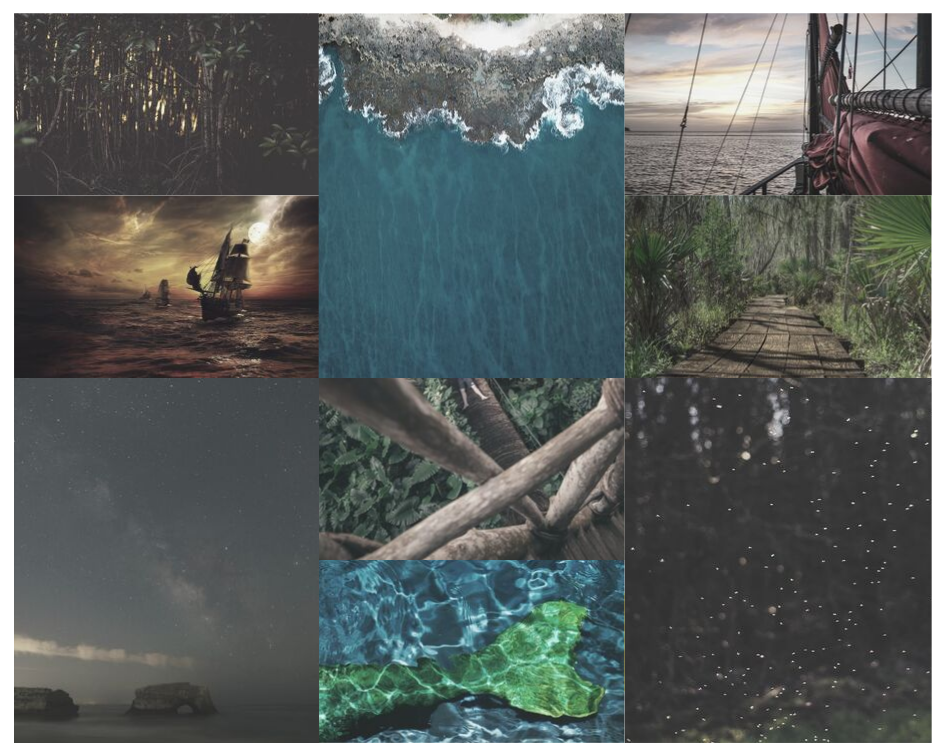
A mood board is a collage consisting of images that can be either physical, like a bulletin board or scrapbook page, or digital. Some people utilize Pinterest boards to collect visual representations of their ideas, but while Pinterest is great for collecting, it’s hard to micromanage and once you have a lot of pins, there’s no way to see them all together. It doesn’t provide the same guiding “snapshot” that a true mood board does. Whether physical or digital, expansive or minimal, the “board” represents some kind of idea, whether that’s the color scheme of your dream kitchen, the aesthetics of a story, or a visual representation of the poem you’re trying to write.
Creating a mood board for your story or even a friend’s story can help spark a new idea or give a burst of motivation when you’re stuck. Sometimes your brain just needs to take a break from writing and return to the imaginative side of story building while still keeping your mind on the story.
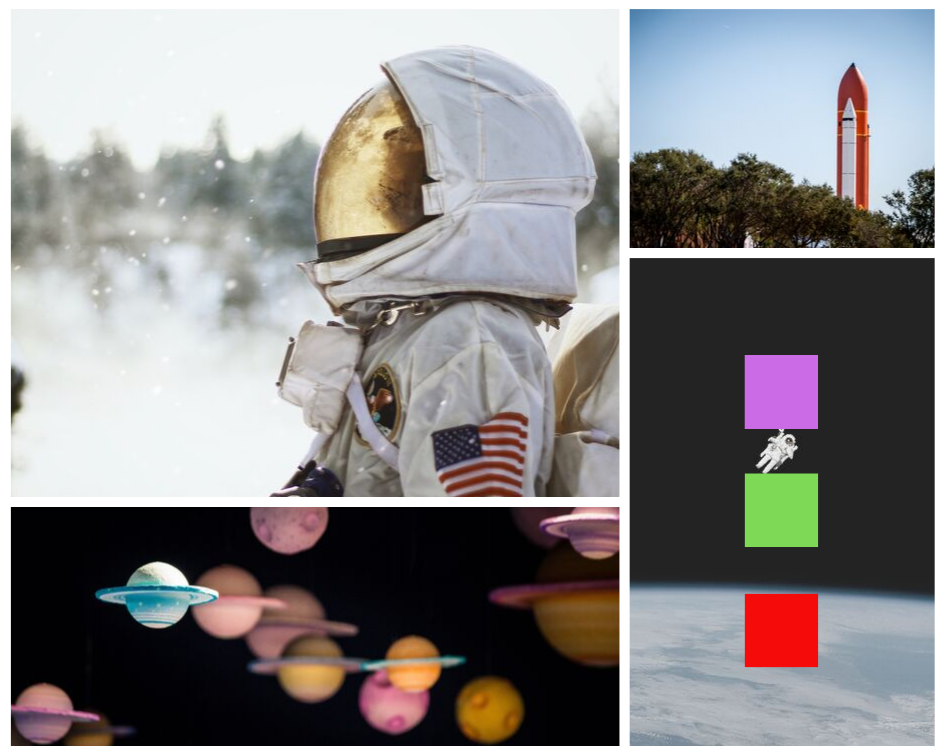
The first thing you want to do is find images to represent your story. This can be anything from photographs of scenery or people to text to color palettes or textures. If you’re unsure where to start, make a list of the following to represent your story:
- Two colors
- Three to five items or images that correspond (e.g. knives, desert, circus, dogs, city lights)
- Two strong emotions from the story
- Anything else specific you want to include
While you may not need everything on this list—and perhaps you’ll have more ideas, maybe three colors instead of two or more specific items—this will at least get your mind spinning with ideas.
For example, if I were writing a retelling of Snow White my colors might be rose red and snow white. The items could be an apple, a cottage, a dark forest, a castle, and a crown. Or I could add in an element that visualizes what makes my retelling stand out among the rest. Perhaps it’s a genderbent story so instead of a picture of a girl asleep, I would want to find one of a boy, or maybe it’s set in the future so I’d want something to represent that specific setting. The emotions could be terror and tranquility to represent the Evil Queen and Snow White’s time with the dwarfs. With these in mind, I can now search for images that evoke these ideas.
Now when it comes to finding images, the easiest place to jump is Pinterest. Maybe you already have pins saved to a board for your story. While it’s usually okay to use Pinterest, you want to make sure, especially if you plan to post your collage somewhere on the internet, that the images aren’t copyrighted. Sometimes it’s hard to know if an image on Pinterest is in the public domain or if you need permission to use it. It’s always better to play it safe.
There are several other websites that offer images for free without requiring permission or giving credit. Unsplash, Pixabay, and Pexels all include a wide collection of free images. You can also pay certain websites to use their stock photos as well, if you choose.
There isn’t a set number of photos you will use for a collage. It’s better to find more photos than you need so you don’t have to spend more time scrambling for the perfect image while in the middle of constructing your collage, but sometimes it happens. Depending on your size, finding about 10–15 quality images will give you a good start. You can always keep the other photos for the next time you need a creative spark.
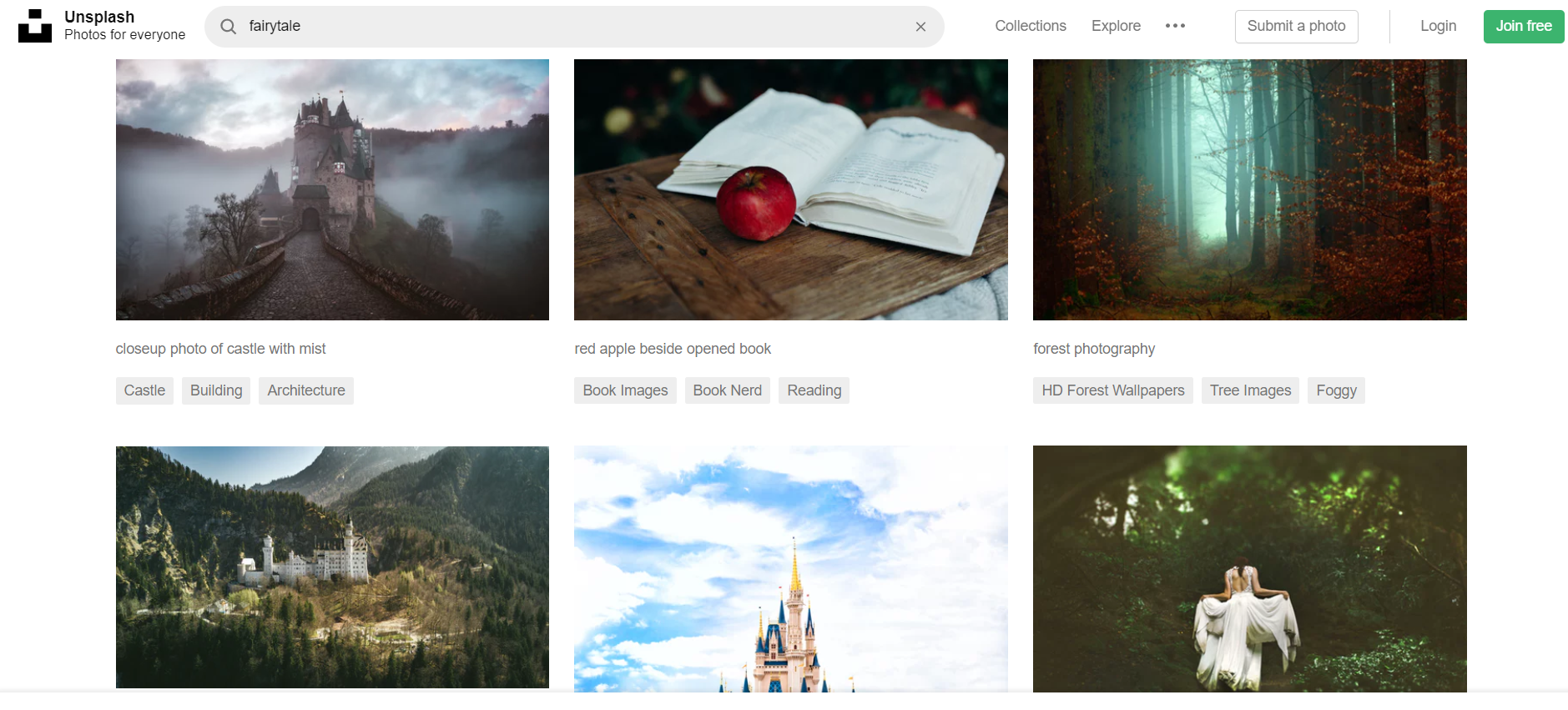
After you’ve gathered your images, if you’re making a digital mood board, you will need to use some kind of program to create a collage. While there are several editing programs you can purchase (and if you are into digital art and photography you may want to), there are free resources as well. Canva, Pixlr Express, and iPiccy both host a wide variety of collage templates as well as photo editing and other graphic design options. If you have a phone or tablet, you can download several apps to create collages. Some are more elaborate than others, and there may be ones where you have to pay a premium for more options, such as PicMonkey. Take some time to play around with different sites or apps to see which serves your purpose best.
Once you’ve settled on a collage editor, you can upload your photos and start creating. First, you’ll want to decide the size and design of the collage. This will determine the number of photos you’ll use and how they are set in the collage. Of course, this takes time and there isn’t a right or wrong answer. You’ll just need to experiment with the images to find the best layout. As you do, don’t forget to incorporate your color palette and emotions. Think about how you want the images to make you feel or how they will best represent your story. If someone looked at the collage, would they understand the correct idea about your characters or setting?
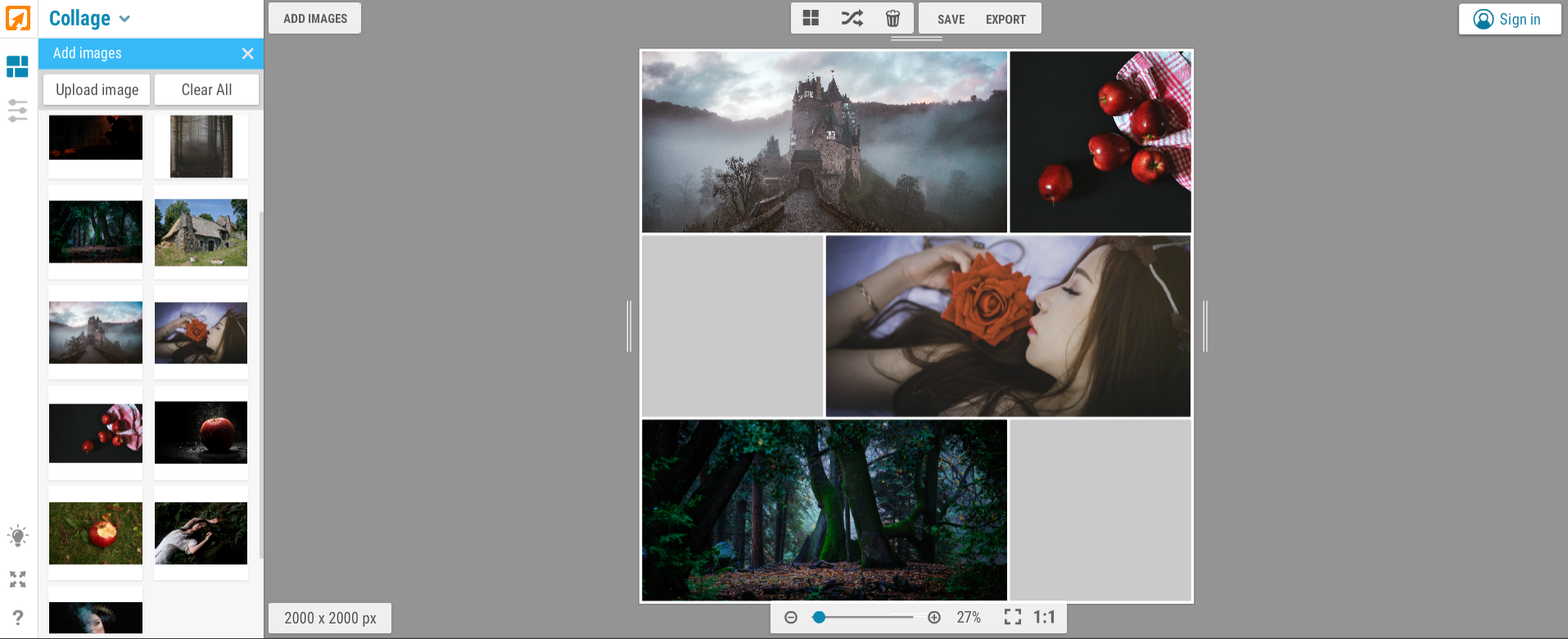
After you’ve got the images you want in the best places, you can spice up the collage in other ways. Add filters or tints to give it a certain color scheme or at least make the images more cohesive. You can add text or borders, shadows or textures, and a wide range of other editing options. Again, there is no right or wrong answer when it comes to adding aesthetics to your aesthetics. It’s just about what makes the images pop and inspires your story and idea.

Once you’re set on images, layout, and editing, you just need to save it. Ta-da! You now have an awesome mood board all about your story. If you have a blog or Instagram account, you may want to share your new collage with the world. Not only will this let other people know what you’re working on, but it might help someone else find inspiration in their ideas. Add a snippet or two you’ve written and you’ll pull interest right into your story.
If you have other writer friends or are part of a writing group, swap aesthetic lists and create a mood board for each other. It’s fun and relaxing and can help give each other a confident boost in your writing.
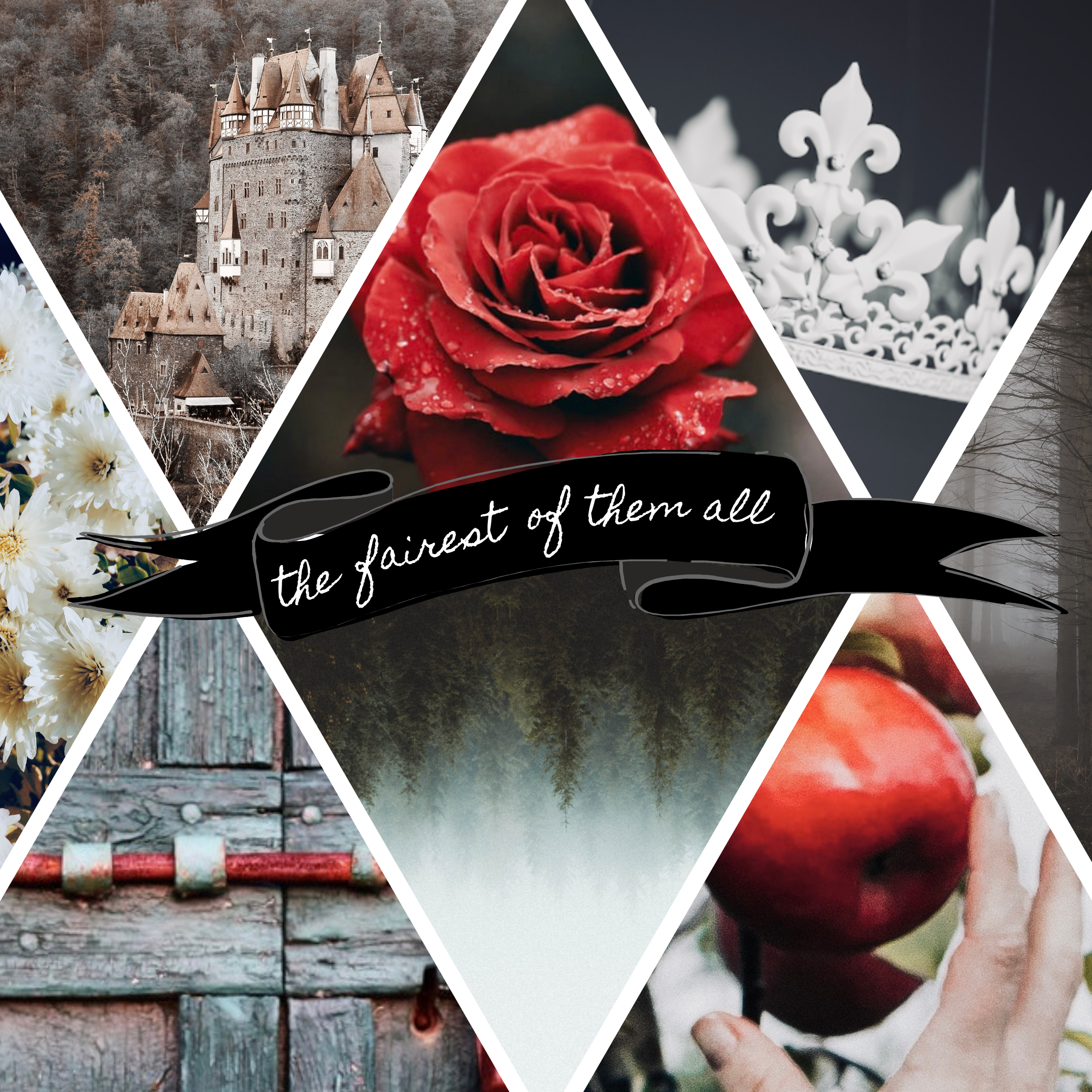
You can also make mood boards for more than just stories. Characters, setting, specific scenes—just like you aren’t limited to one type of genre, you’re not limited to what types of mood boards you can create. Writing an epic poem? Mood board. Stuck on that research paper about Jane Austen? Mood board. Need visualization for a graphic novel? Mood board.
Just make sure you don’t use mood board creating as an excuse to not write. When you’re stuck and need a push, give it a shot, but make sure, in the end, you return to the page and let your words flow out of your new inspiration. You can make mood boards until your eyes blur and your computer’s memory is full of photos, but that won’t make you type the words “the end.”

